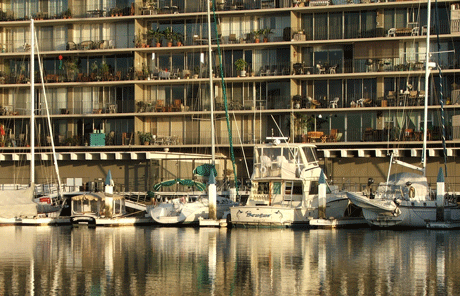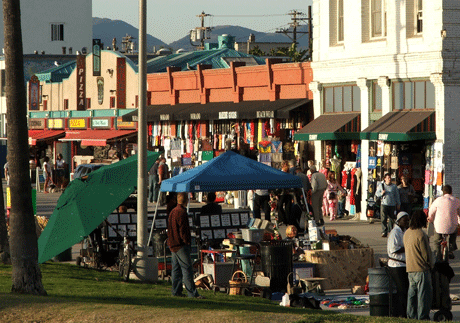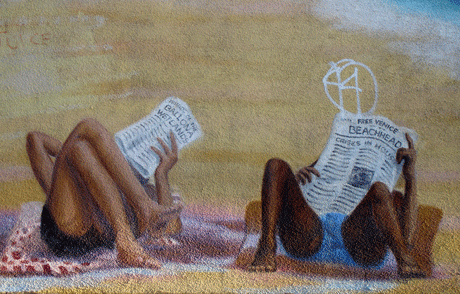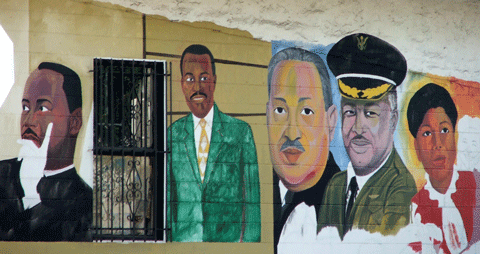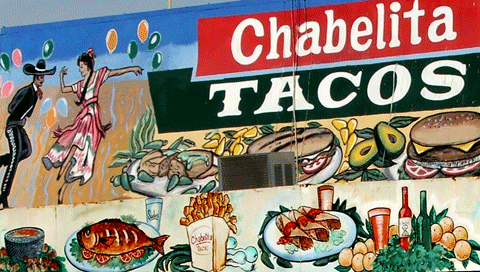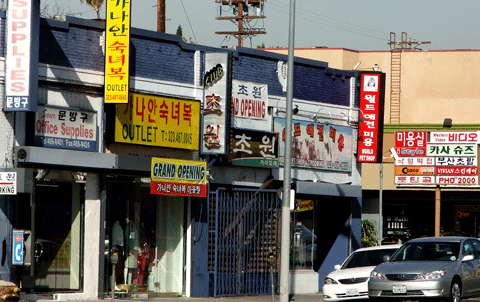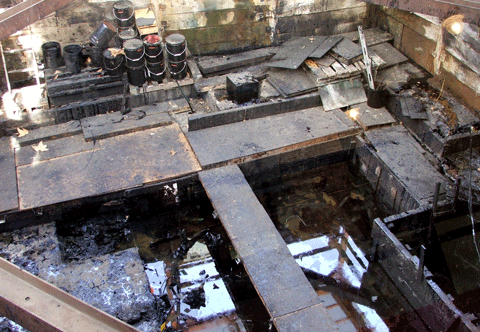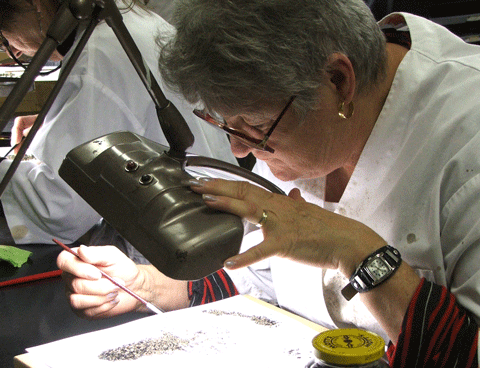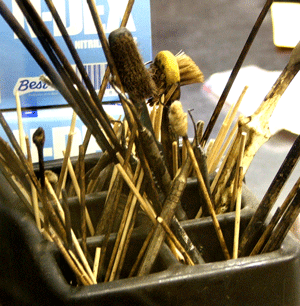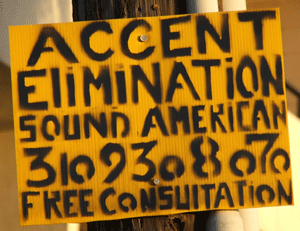Tales of a 21st Century Gypsy
January 13, 2006. Los Angeles
I didnít have enough time in L.A. No one seemed to understand why I even wanted to go there in the first place, but I found there wasnít time to experience it as I would have liked to. I thought Iíd hate the place, find it an unbearable mess of sprawl and roads. But it wasnít as bad as Iíd expected. For one thing, itís not really all suburban sprawl. And while it doesnít have the urban feel of what I might call a ďrealĒ city, it has more destinations and centers than, say, the New Jersey suburbia where I lived for a year and a half.
Itís also perfectly bike-able Ė there are lots of reasonably normal city streets where one could ride from place to place. The real challenge on a bike is the size of the city, not the freeways. People who always drive, and always take freeways, seem to think that there is no other way to get around their city. But ignoring the freeways in LA is easy. The trouble is that people have too far to travel to do it on a bike, not that the roads donít permit it.
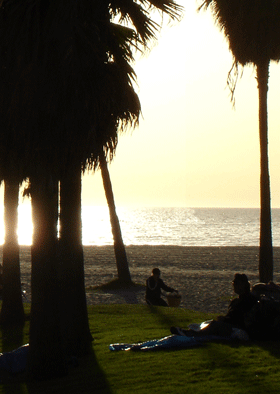
I splurged in LA, and camped in the most upscale RV park Iíve ever seen Ė and the most expensive one Iíve ever stayed at. It was in Long Beach, a block from the beach, just off the Long Beach freeway, and right on a bike path that runs along the shore. It was immaculate, from the manicured lawns to the clean pool and hot tub to the comfortable laundry room to the splendid showers with lots of hot water. I was glad to be there, even if I did pay more per night than some motels in town would have cost me. It gave me a comfortable base of operations, and I didnít have to worry about where I would go at night.
